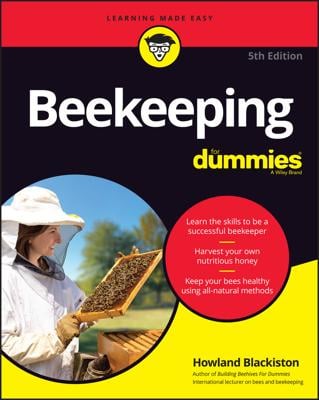Is it the real deal?
Unbeknownst to the average consumer, honey is one of the top foods targeted for adulteration and fraud. Unfortunately, to fill the huge demand, some commercial honey producers and importers do unscrupulous things like cutting honey by adding extraneous, improper, or inferior ingredients. They may add high fructose corn syrup in order to extend their assets.Some remove the naturally present pollen in their honey by heating and ultra-filtering it. This makes it sparkling clear and less prone to crystallization. Filtering also makes the source of the honey difficult to trace, because the pollen allows the honey to be tracked back to the floral source and the region where it was produced.
Raw versus regular honey
The main difference between regular and raw honey is that commercially produced honey (such as that found in supermarkets) is typically pasteurized and ultra-filtered.Pasteurization is the process where honey is heated at high temperatures to kill any yeast that may be present that may cause botulism. It's also done to keep the honey from crystallizing, making it look more attractive to consumers. In addition, the ultra-filtering process removes pollen (and makes the product sparkling clear).
But all this heating and filtering destroys most of the enzymes and some vitamins and removes the beneficial pollen. It also evaporates the natural aromas and flavors. So regular commercially pasteurized honey doesn't have as many health benefits or sensory pleasures as raw honey. Raw may not look as commercially attractive, but raw honey has more flavor and aroma than its pasteurized counterpart. It also means the wonderful health benefits are not compromised.Organic or not?
Some honey is labeled as organic. To put such a claim on a label in the United States, the producer must be certified as organic. It's a great marketing idea (after all, organic products are very marketable). But the claim of being organic is not necessarily an accurate representation.Part of the problem is that the United States Department of Agriculture (USDA) has not yet developed definitive guidelines for what constitutes organic honey, but it is working to amend the current and somewhat vague USDA regulations concerning the production of organic beekeeping products (for example, honey).
This new action will establish USDA certification standards specifically for managing honey-bee colonies and bee products (currently the criteria is for livestock, generally). The scope of this new action includes specific provisions for transition to organic apiculture production, replacement of bees, hive construction, forage areas, supplemental feeding, healthcare practices, pest-control practices, and an organic apiculture system plan.
Given that bees forage nectar and pollen at will from flowers that are miles away from the hive, there is no practical way to guarantee these flowering plants are not being subjected to chemical treatments or that the plants are not genetically modified. It will be interesting to see what the USDA comes up with. For now, take any organic claims with a grain of salt.
For the latest status of the new organic beekeeping regulations (known as Organic Apiculture Practice Standard, NOP-12-0063), visit the US General Services Administration (GSA), Office of Information and Regulatory Affairs.

